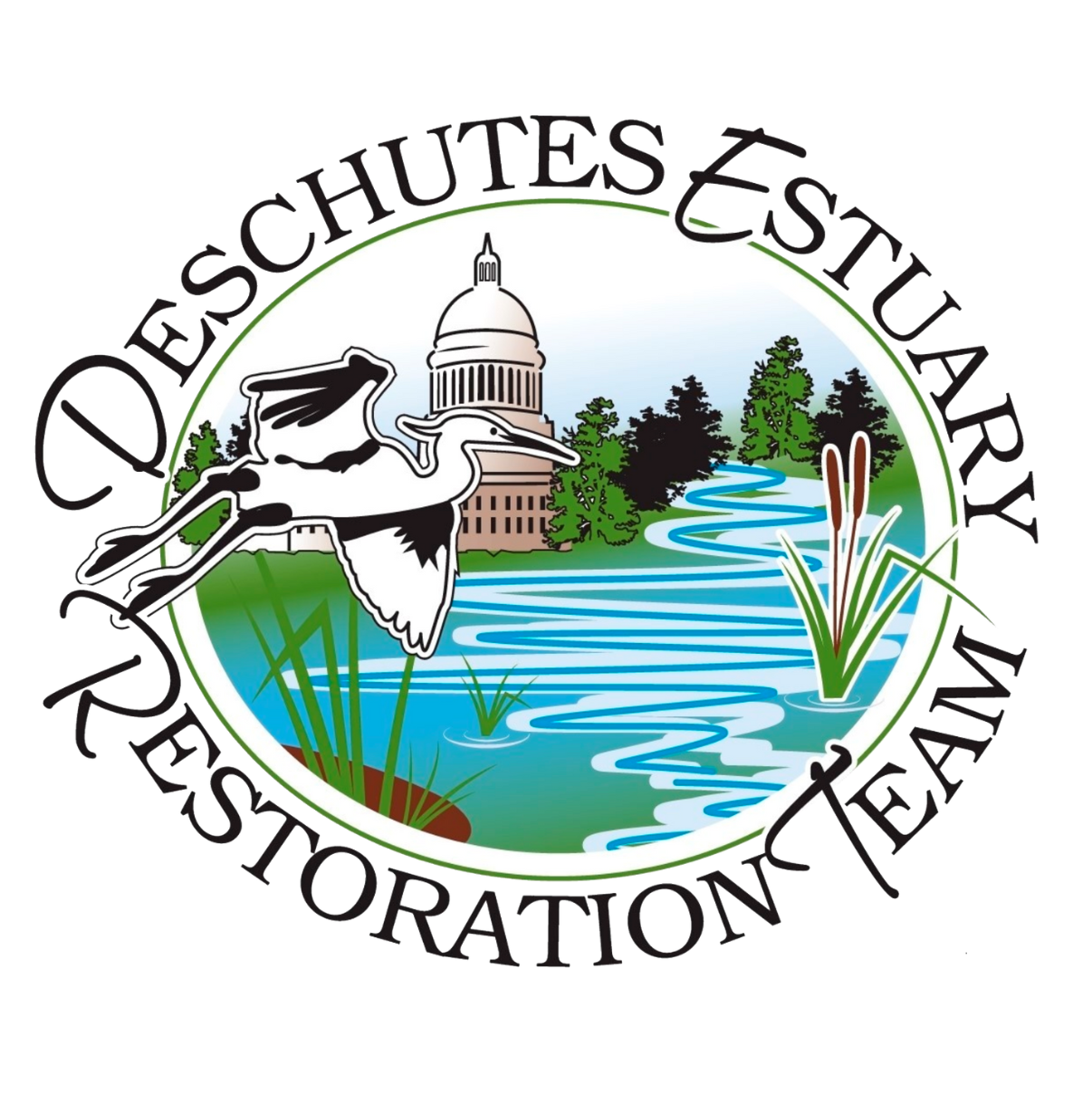Follow these offsite links for more information on local restoration projects, science, and studies on Capitol Lake and the Deschutes Estuary, Puget Sound, local history, and our partners. Information on the Environmental Impact Statement Process and our Watershed Guide can be found on the tabs below the resource page.
DERT Publications
Since its foundation in 2009, DERT has collaborated on a number of reports and publications to help people understand the choice we have in front of us. We have also sent out newsletters, produced our Deschutes Watershed Guide, and produced several videos to help engage with our local community. (There are also a few items here we didn’t create, but think you should see.) We try to keep this list up to date, but if you can’t find what you want, contact us!
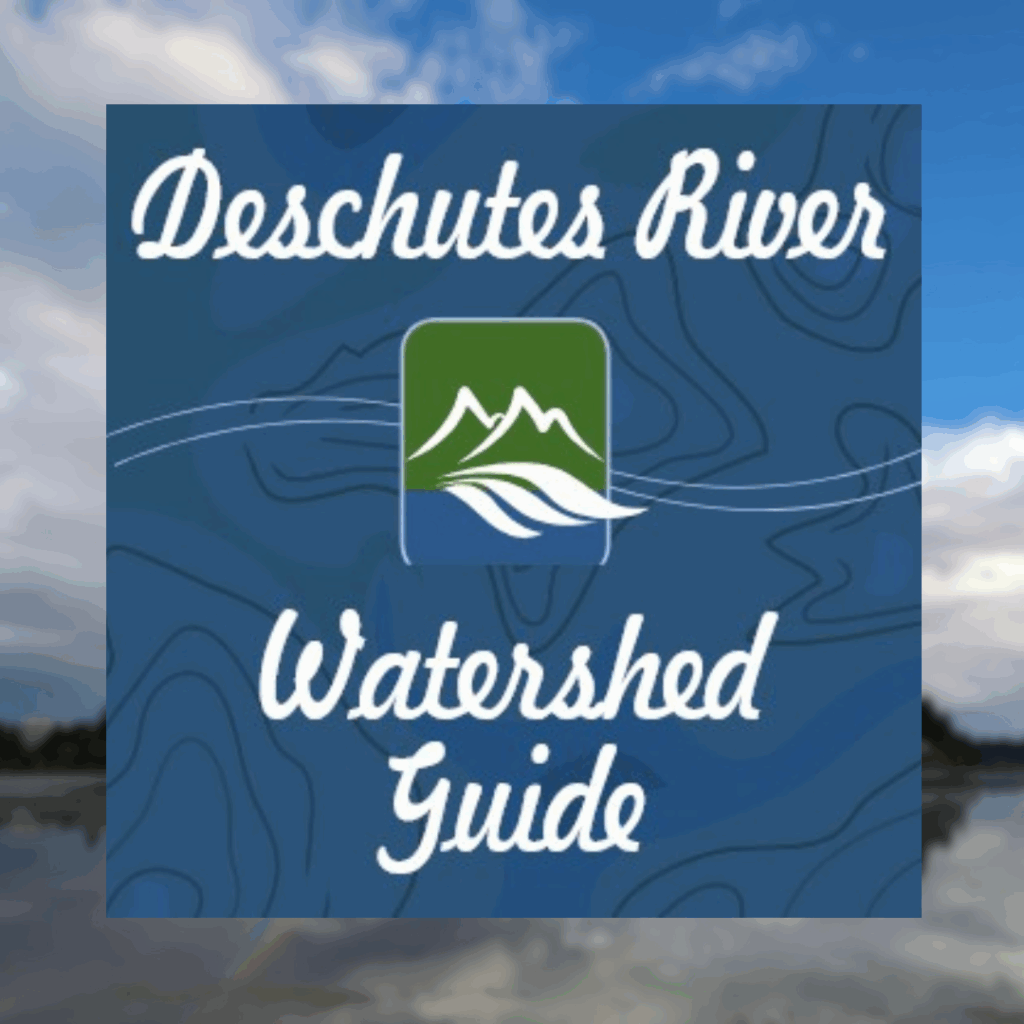
2016 Deschutes River Watershed Guide
This guide should provide you with a range of information: the history and geology of our watershed and the impacts it has survived with industrialization and urbanization. We hope this guide will encourage you to make your own study of this territory, to ask questions and seek answers, to get out and enjoy the watershed’s accessible places and understand the true scope of the Deschutes watershed.

Problems with the Dual Basin “Compromise”
The Dual Basin option has long been seen by some as a compromise between restoration advocates and Lake advocates. DERT outlined the problems with a solution that meets neither group’s goals in our official response to this option, submitted to the Washington State Department of Enterprise Services in 2016.

2015 Handout advocating restoration
This is a short (four page) summary of DERT’s position and advocacy for restoration.
Estuary Science

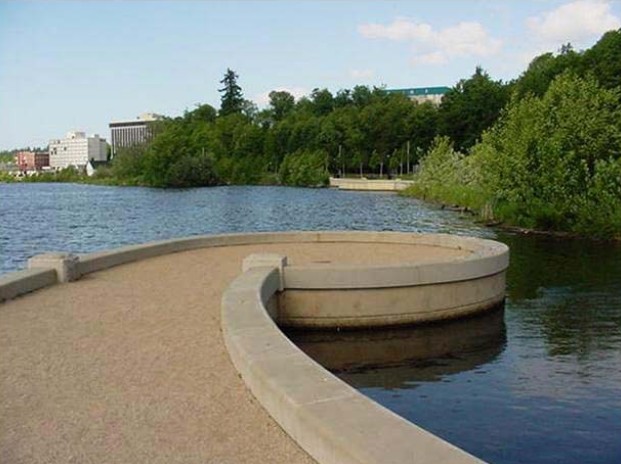
Capital Lake Alternatives Analysis
Final Report
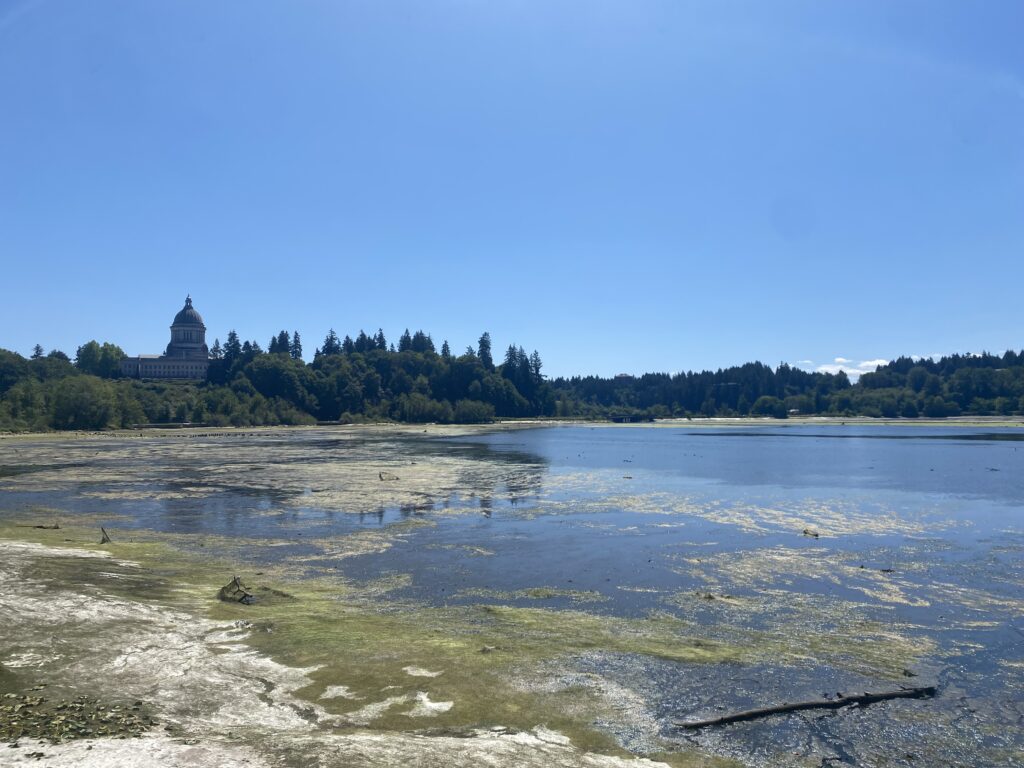
Deschutes Estuary Feasibility Study
Final Report

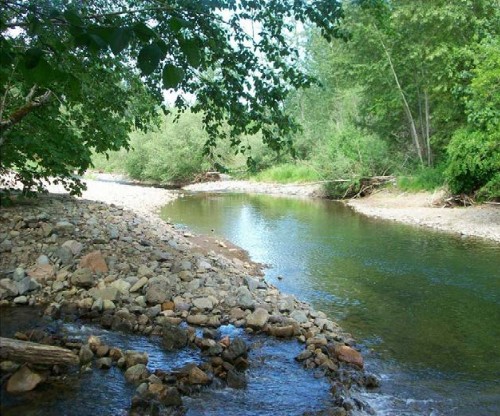
Water Quality Improvement Report
& Implementation Plan
Final Report
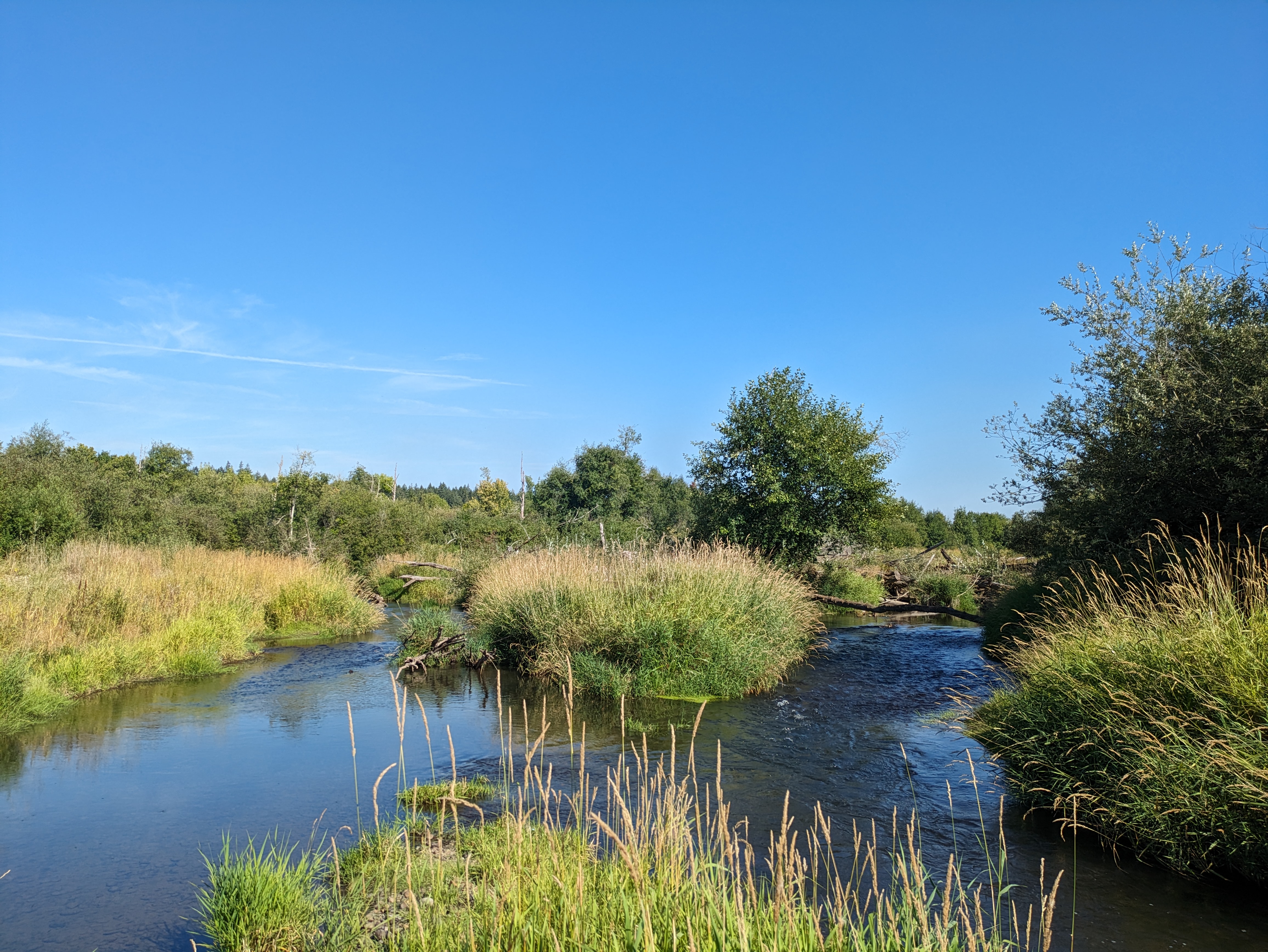
Deschutes River, Percival Creek, & Budd Inlet tributaries
Parts of the Deschutes River and its tributary creeks do not meet state clean water standards. To return these waters to a healthy condition, we are working with local governments and other groups to implement a total maximum daily load (TMDL) project.

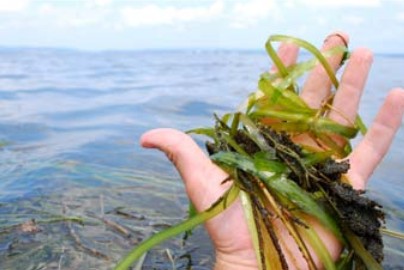
Restore.
Adapt.
Mitigate.
Responding to Climate Change through Coastal Habitat Restoration.
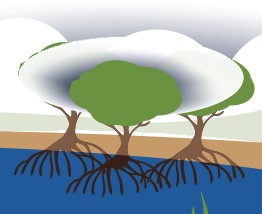
Coastal Blue Carbon
An investment in wetland restoration…


Puget Sound: A uniquely diverse and productive estuary
Puget Sound is the second largest estuary in the contiguous United States. Today, we understand that estuaries — where freshwater and saltwater merge — are among the most productive places for life to exist.
Press

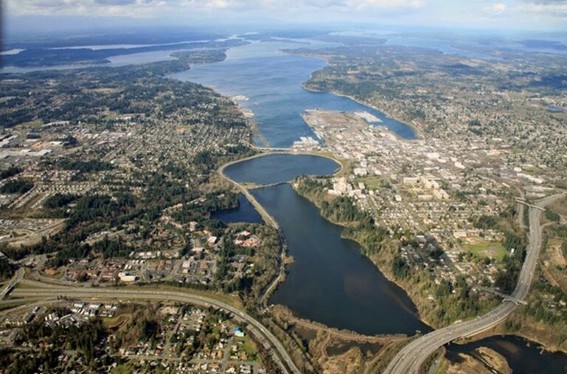
An important milestone that could lead to a free-flowing Deschutes River
The Washington Department of Enterprise Services has announced the “Estuary Alternative” will likely be the preferred option for the Capitol Lake/Deschutes Estuary.
Videos
Festival of the Steh Chas
Produced by Salmon Defense, this “Highlights from the Festival of the Steh Chass” clip features local leaders from Tribal and State governments as well as music from the event. (4 minutes, 2018)
Freeing the River: interviews with stakeholders
Interviews with people living in and around Olympia, about the impact the polluted Reflecting Lake has on their lives, and the benefits a restored Estuary could provide. (5 minutes, 2018)
Steh-Chass people’s connection to the Estuary
Charlene Krise, Vice Chairman of the Squaxin Island Tribal Council discusses the history of the Steh-Chass people, and the ways it interacts with the Deschutes Estuary, at DERT’s “Whats Up with the Steh Chass” forum. (17 minutes, 2018)
Estuary Restoration buffers Olympia from climate change
Candace Penn Squaxin Island Ecologist speaks about the benefits of Estuary restoration for combating climate change and reducing the flooding Olympia will experience at DERT’s “What’s Up with the Steh Chass” forum. (10 minutes, 2018)
Turning the Tide
Turning the Tide is a three minute animated video produced for DERT to make the case for restoration of the estuary and encourage people to support DERT.
